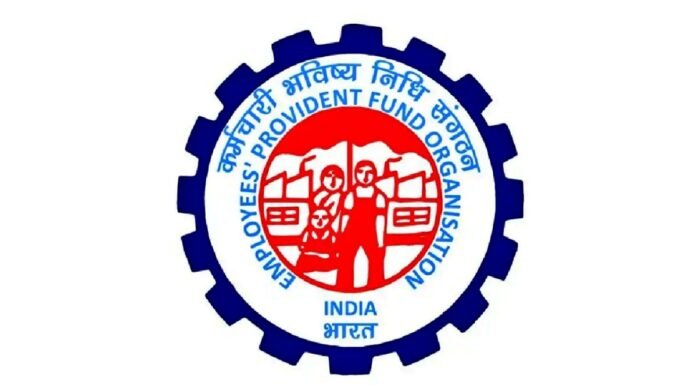
Key Points
- EPFO may raise mandatory salary ceiling from ₹15,000 to ₹25,000 per month
- Over one crore additional workers could gain EPF and EPS coverage
- Last revision was in 2014, when ceiling increased from ₹6,500 to ₹15,000
- Both employees and employers would contribute 12% on higher salary base
- EPFO currently manages ₹26 lakh crore corpus with 7.6 crore active members
- Department of Financial Services Secretary calls current situation “serious concern”
- Proposal expected to be discussed in Central Board of Trustees meeting early next year
The Employees’ Provident Fund Organisation could witness its most significant reform in a decade as the government actively considers raising the salary ceiling from the current ₹15,000 per month to ₹25,000. If approved, this change would bring more than one crore additional workers into the EPF and EPS social security net, addressing a major gap in India’s retirement planning system. The last increase occurred in 2014, when the cap was revised from ₹6,500 to ₹15,000, effective September 1, 2014.
Current Rules Leave Millions Uncovered
Under existing rules, employees earning up to ₹15,000 in basic salary must be enrolled under EPFO schemes, while those earning above this amount can be exempted at the employer’s discretion. This has led to a large section of private sector employees being left out of structured retirement planning, a gap the proposed hike aims to address. Speaking at an event in Mumbai, M Nagaraju, Secretary of the Department of Financial Services, called the current situation a “serious concern”. He explained that workers earning only slightly above the existing cap often miss out on pension protection and are vulnerable in old age.
Unions and Experts Support Revision
Employee unions have long pushed for an upward revision, pointing out that the current ₹15,000 limit is outdated and does not match inflation or today’s salary structures. Retirement planners agree, noting that many Indian workers still lack reliable long-term savings avenues. Experts say a higher EPF limit would naturally pull more employees into formal social security, reinforcing the significance of this reform. The Parliamentary Standing Committee on Labour has also recommended increasing the minimum pension, which has remained at ₹1,000 per month for 11 years without revision.
Financial Impact on Employees and Employers
If implemented, the move would mean higher monthly contributions for both employees and employers. Both currently contribute 12% of basic salary toward EPF accounts. With the new ceiling, the contribution amount would rise, allowing employees to accumulate a larger retirement corpus and potentially receive higher pensions in the future. However, employers would also face increased costs, an important factor in the EPF contribution framework. For employees earning between ₹15,000 and ₹25,000, the change would be mandatory, automatically enrolling them in the social security system.
EPFO’s Massive Scale and Coverage
The EPFO today manages approximately ₹26 lakh crore in assets and has nearly 7.6 crore active members. Expanding the salary threshold to ₹25,000 could significantly widen EPFO’s coverage and is being viewed as one of the most impactful social security reforms of the decade. An internal assessment by the labour ministry estimates that raising the limit by ₹10,000 could bring more than one crore additional workers under mandatory EPF and EPS coverage. The proposal is expected to be taken up by the Central Board of Trustees early next year.
Broader Social Security Reforms Underway
The potential ceiling hike aligns with broader reforms to strengthen India’s social security architecture. The Employees’ Pension Scheme has undergone several significant changes, including extending the EPS withdrawal waiting period from two months to 36 months. The EPFO has also launched a fully digital pension payment system, allowing pensioners to receive payments from any bank branch without applying for a transfer. Additionally, the government is reviewing the minimum pension amount, with expectations of an announcement soon. Some reports suggest the minimum pension could be raised from ₹1,000 to ₹7,500 per month, benefiting over 6 million pensioners.

















































